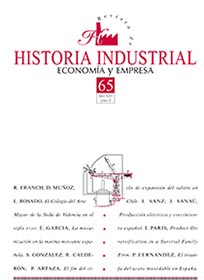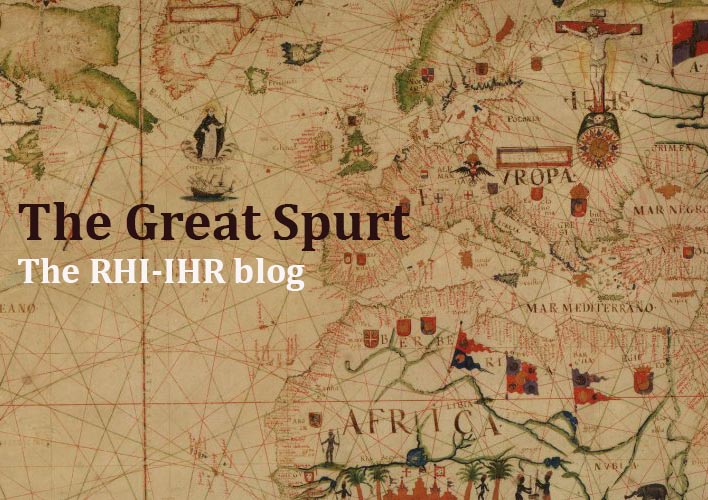The evolution of craftsmen and the transformation of the social conditions of members of the silk weavers’ guild of Valencia in the eighteenth century
Keywords:
Guilds, Artisans, Working conditions, Silk industryAbstract
The analysis of the 4.996 masters who acquired this status in the Colegio del Arte Mayor de la Seda de Valencia between 1686 and 1835 reveals some of the most important features of this social group and the progressive closure of the corporation in the eighteenth century, contrasting with the relative openness of the late seventeenth century. But also, after defining the total number of artisans enrolled in the guild annually, we could calculate the percentage represented by the new incorporations, ensuring that the crucial boom phase occurred between 1716 and 1725, when the average annual growth rate rose to 6.84%. Subsequently, the growth rate slowed, but remained higher than the overall increase of the corporation, revealing the imbalances that was causing the expansion of the Valencian silk industry.Downloads
Downloads
How to Cite
Issue
Section
License
We have been applying a Creative Commons Attribution license (CC-BY) since 2019, before that year we had a partial open access policy, which included open access for the first two months after publication, followed by an embargo policy for non-subscribers, as access to the last 4 published issues was restricted to journal subscribers. In contrast, early-view articles were always open access prior to publication in an assigned volume. Until 2024 the access to the last 4 published numbers was restricted to those who were subscripted to the journal.
The author assigns all rights to the publisher. Creative Commons
The author who publishes in this journal agrees to the following terms:
- The author assigns all intellectual property rights exclusively to the publisher for the entire duration of the applicable intellectual property rights. The University of Barcelona holds the copyright ownership of the contents published in the journal.
- The publisher will distribute the texts under the Creative Commons Attribution License, which allows others to share the work, provided that they acknowledge the authorship, its initial publication in this journal, and the conditions of the license.





